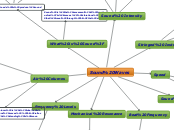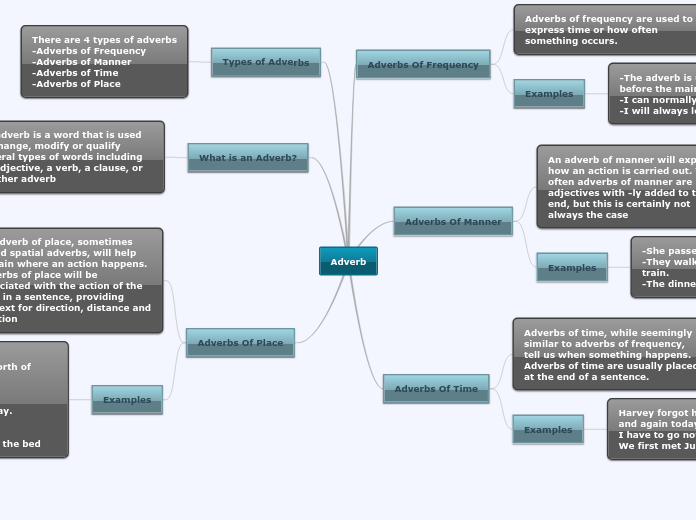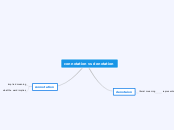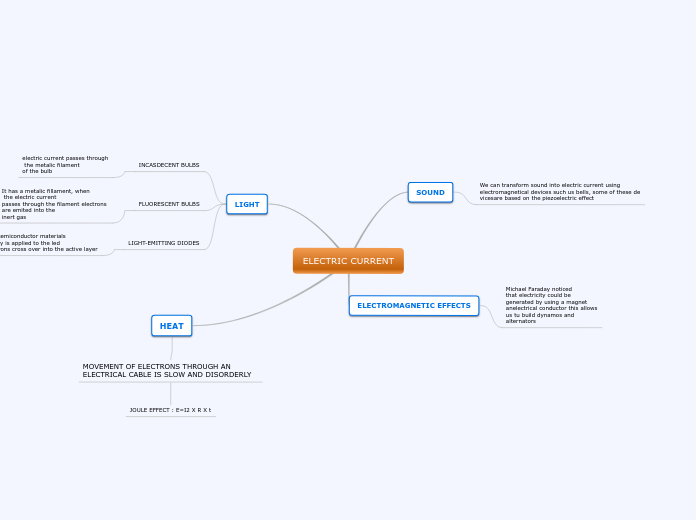Sound Waves
Stringed Instruments
Factors Affecting
Vibrating Strings
Density
A higher density produces
a lower frequency
Tension
A higher tension produces
a higher frequency
Diameter
A higher diameter produces
a lower frequency
Shorter length produces
a higher frequency
Harmonic
3rd Harmonic
f = 3v/2L
3 times the fundamental
frequency
3/2 x Lambda
2nd Harmonic
2 times the fundamental
frequency
f = 2v/2L
2/2 x Lambda
1st Harmonic
Frequency
f = v/2L
Length
1/2 x Lambda
A harmonic is a multiple
of the fundamental frequency
of the string
The fundamental frequency is
the natural lowest frequency
of the string in one segment
When a string vibrates in
more then one segment, its
called an overtone
The vibrating of the string
causes a standing wave
Air Columns
An Air Column is a tube
where sound waves
reflect causing a standing
wave
Due to resonance, air columns
amplify the sound that are causing
the standing wave
Closed-Air Column
Lambda represents
the length of a wave
One open end and
one closed end
Open end has an antinode
Closed end has a node
Open-Air Column
Resonant Lengths
Lambda represents
the length of one wave
Has both open ends
Both open ends are antinodes
Beat Frequency
When two object vibrate
at very close frequencies
The waves of both the objects
will interfere and go from loud
to soft to loud to soft
This pattern is known as beat
frequency
Mechanical Resonance
When 2 different objects
vibrate at the same frequency
Results into a louder sound
Sound Characteristics
Pitch
The frequency of the sound wave
Octave
Doubling the frequency of
a sound wave
The higher the frequency, the
higher the pitch
Sound Quality
No Pattern
Noise
Overtone
Rich Sound
Pure Tone
Simple Sound
Tone with a sinusoidal waveform
Loudness
The amplitude of a
sound wave
The higher the amplitude, the
louder the sound
Frequency Levels
The human ear can hear sounds
that have a frequency that is
between 16 Hz - 20,000 Hz
Ultrasound
A sound that's frequency is above
the hearing range of humans
Above 20,000 Hz
Infrasound
A sound that's frequency is below
the hearing range of humans
Below 16 Hz
Sound Intensity
dB = 10 x log (I2/I1)
I1 is the threshold
of hearing
1 x 10^-12 W/m^2
I2 is the amount of
sound energy
Measured in Decibel Units
Logarithmic Scale
30 dB is 100 times
greater then 10 dB
20 dB is 10 times
greater then 10 dB
The amount of sound energy
passing through a certain a
unit area in a second
Speed
Formula
V = 331.4 + (0.606 x T)
V = Speed in m/s
T = temp in celcius
0.606 in m/s degrees celcius
331.4 in m/s
The speed of sound varies
depending on how the fast
the particles are able to
vibrate
Vibrate second fastest in
liquids
Vibrate the least amount
in gasses
Don't vibrate at all
in vacuums
Vibrate easily in solids
due to the particles being
close together allowing for
the fastest travel time (speed)
What is Sound?
Needs to produce sound
3. Receiver
Something or someone to
"hear" the sound
2. Medium
Something for the Waves
to travel through
For example: Air
1. Source
A vibration of some kind
(Wave)
Sound is the movement of longitudinal
waves (vibrations) that travel through
the air









